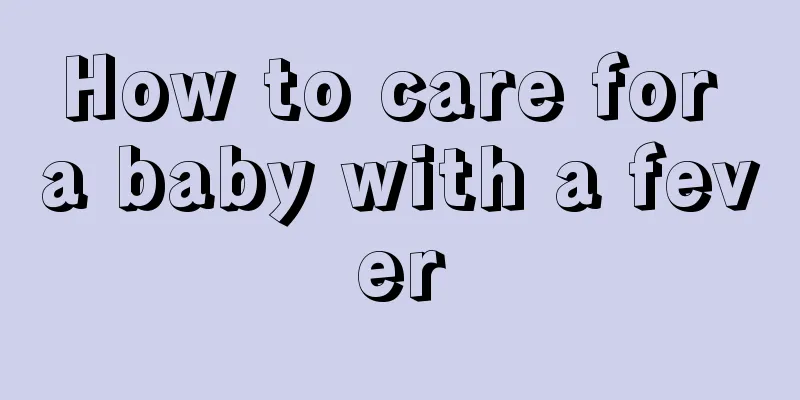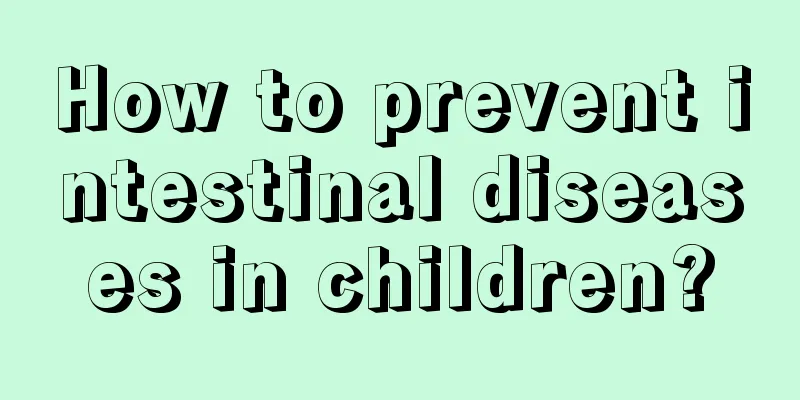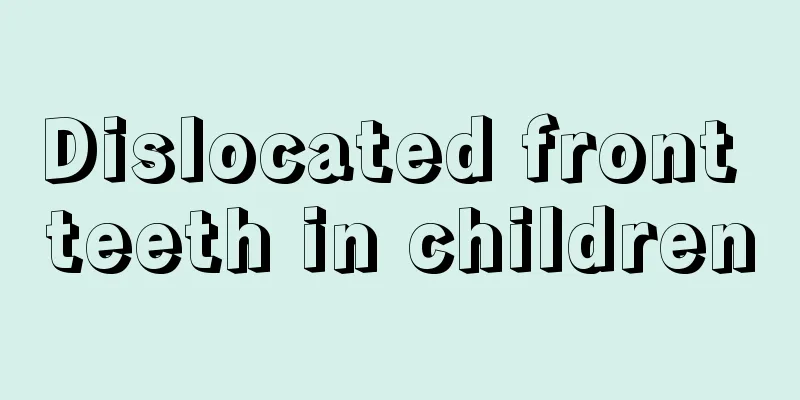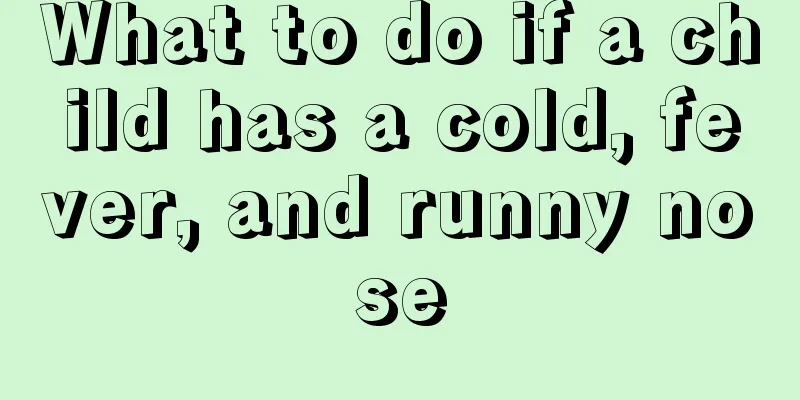How to deal with burns in children
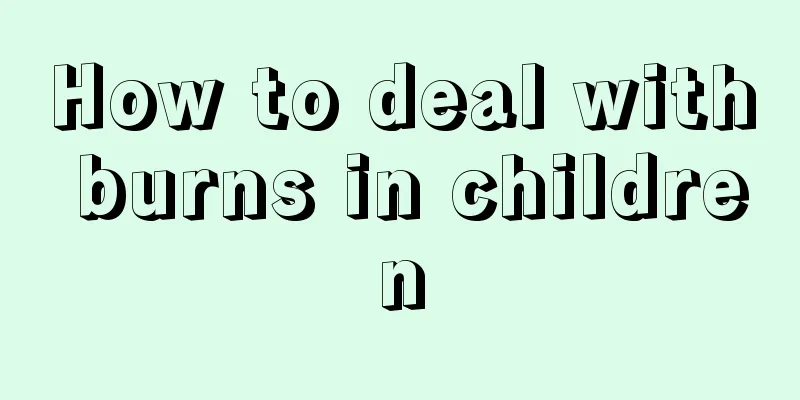
|
Burns are very common in life, and burns are also graded in severity. Generally, minor burns do not require special medications. However, children's skin is often tender. If a child's skin is burned, there will be very obvious symptoms. When a child is burned, targeted graded treatment is also required. So how should children be treated when they are burned? 1. First degree burns If a first-degree burn occurs and the skin becomes flushed and painful, it can be treated at home. After the injury, rinse with cold boiled water or soak in tap water or apply wet gauze to relieve the pain. But be careful to avoid breaking the skin to avoid infection. 2. Second degree burns Second-degree burns damage the dermis and will cause blisters about 30 minutes after the burn. At this time, you can apply a cold towel first, but remember not to apply ointment, soy sauce, etc., as this will easily contaminate the wound. Because the second-degree burn wound has high sterility requirements, even if you go to the hospital, you must first clean the wound. In short, except for first-degree burns which can be treated at home, burns above second degree should be sent to the hospital for treatment. During emergency treatment, keep the wound clean. Do not apply ointments or cover the wound with unclean cloth to avoid secondary infection. 3. Rinse with cold water After a burn or scald, blisters will appear immediately and there will be obvious pain. If the burn is shallow, you can immediately rinse the wound with cold water for half an hour to an hour. When it doesn't hurt much, slowly take off your clothes, cover the wound with a clean cloth, bandage it, and then go to the hospital. 4. Treatment of burns If the burns are on the face, head and neck, perineum, etc., due to the special location, complications may occur even if the injured area is not large. At this time, in addition to emergency treatment with cold water, to prevent shock, the patient can be given some light salt water to replenish blood volume and reduce the degree of shock. However, do not drink a large amount of boiled water in a short period of time to avoid complications such as cerebral edema and pulmonary edema. 5. Note Do not break blisters on your skin. If conditions permit, you can pierce a small hole in the blister with a sterilized needle and slowly drain the water from the blister, while keeping the skin intact. Do not apply soy sauce, vinegar, alkali, toothpaste or gentian violet to the injured area. This will not only fail to alleviate the injury, but will continue to irritate the wound, deepen the injury, increase the chance of infection, and make it difficult for the doctor to diagnose and treat you in the hospital. Washing off these substances will increase the pain of the injured person. |
<<: What to do if your child refuses to sleep
>>: What causes a child to convulse suddenly?
Recommend
Children's language sensitive period
Children will have a language sensitive period, a...
Is it harmful for babies to have high myocardial enzymes?
When many parents take their babies with fever an...
What fruits can children eat if they have diarrhea in autumn
Autumn is a season with a very dry climate. When ...
What to do if your child has diarrhea
Diarrhea is a common disease in children, but if ...
What are the treatment measures for itchy skin in children?
Children's skin often becomes itchy because t...
White spots on the child's legs
Since children generally do not pay much attentio...
My son has a sore throat, what should I do?
Children's growth and development are very fa...
Treatment and causes of gastroenteritis in children
Children may develop gastroenteritis if they eat ...
What is the most effective way for children to stop vomiting?
Children's body resistance is weak, and their...
What to do if your child has a fever and cold hands and feet
Because children's organs are not fully devel...
Newborn baby has red bloodshot eyes
It is a common phenomenon for newborns to have re...
Can children drink honeysuckle soaked water?
When it comes to honeysuckle, there are definitel...
What to do if a 7-year-old boy has toothache
Toothache is a common phenomenon in life. It can ...
What to do if your child is hyperactive? 5 ways to control him
It is said that active children are smart, but so...
What medicine should children take for dry cough
Children are more susceptible to illness than adu...
